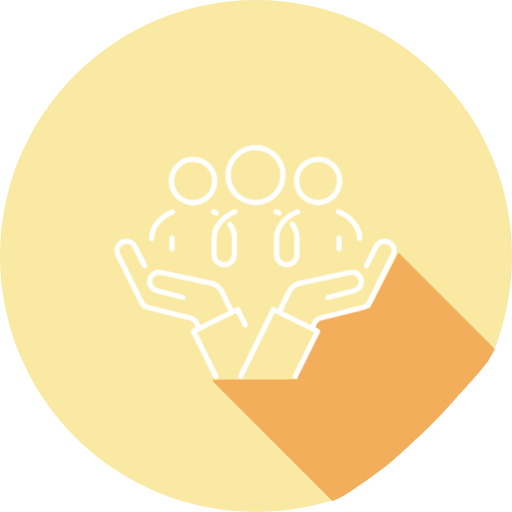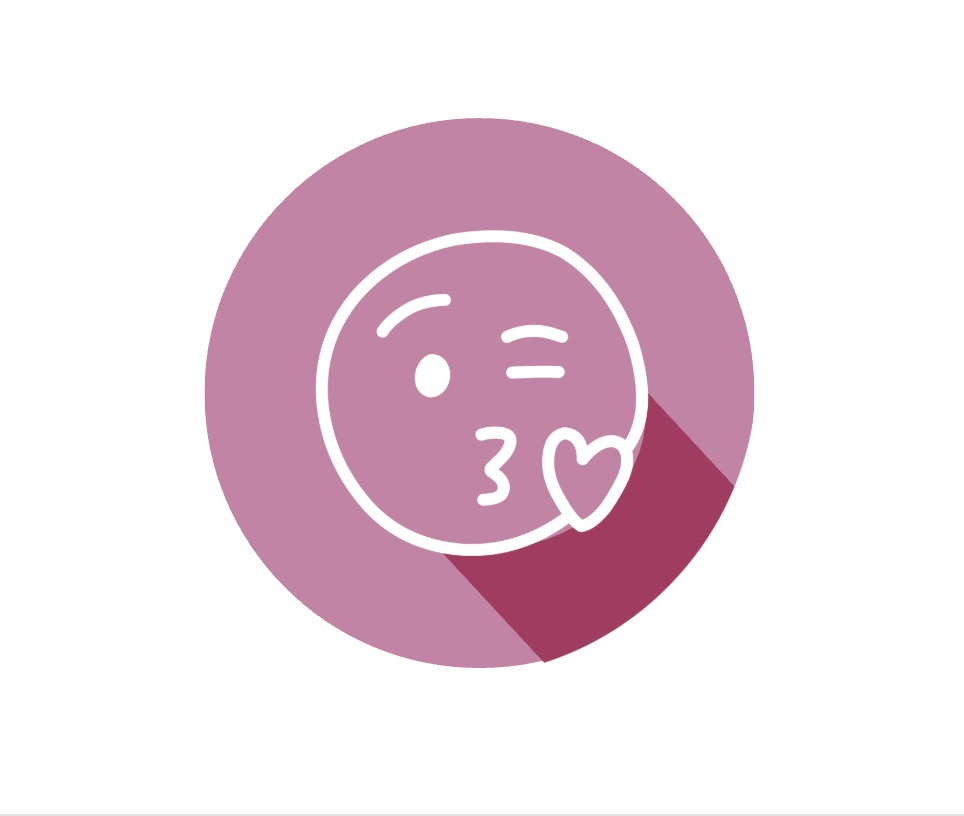The Meditation App That Cracked TV Advertising's Code
Picture this: You're watching your favorite show when a commercial for Calm, the meditation app, comes on. But instead of jumping straight into product features, something unusual happens. The screen shows a simple instruction: "Take a deep breath in... hold it... now breathe out."
You actually do it. For those three seconds, you're not scrolling your phone or thinking about tomorrow's meeting. You're present. You're paying attention. That simple moment just increased your chance of remembering the Calm brand by 500%.
This isn't marketing magic. It's science. And the real shocker? These mindfulness cues don't just work for meditation brands, they boost recall even for completely unrelated products. It's about to change how you think about TV advertising forever.
Posted in Archive, Advertising
published on Tuesday, 18 November 2025
Finding a marketing goldmine in unexpected situations
Do you take negative feedback with a pinch of salt, or do you react with fervor even at the risk of losing goodwill and customers’ business? Most brands will find themselves the subject of questionable public scrutiny at some point or another, with unfiltered social media channels fuelling unwarranted insults. Common responses include denying the accusations, ignoring them completely, or accommodating to the situation, even apologizing for no real cause.
Posted in Archive, Strategy
published on Tuesday, 11 November 2025
We’ve all heard the phrase: “stop the scroll.” But what really makes someone pause and even better, hit the share button?
Picture yourself scrolling through your feed.
- One post says: “Our product is scientifically proven to improve performance by 25%.”
- Another says: “Don’t miss out, sign up now and save!”
- And then there’s one that says: “Thanks for helping us reach 100k followers, you’re the best!”
Which one would you be most likely to share?
Posted in Archive, Strategy
published on Wednesday, 01 October 2025
Why Your Brain Falls for the Casting Trick
In my neighborhood there are two coffee shops. The first serves only white, middle-aged businessmen in suits. The second buzzes with customers of all ages, ethnicities, and styles. Without reading a single menu, which shop do you think offers more variety?
Your brain just made a snap judgment. And it probably got it wrong.
This isn't about coffee shops. It's about a fascinating quirk in how we process information. When we see different types of people using a product, we automatically assume the product must cater to different types of needs. It's logical, intuitive, and an interesting tool for marketing.
Stanford researchers call this the Variety Perception Effect. And smart marketers are already using it to make their brands look bigger without spending a dime on product development.
Posted in Archive, Advertising
published on Tuesday, 09 September 2025
It’s June 22nd, 2015. Chevrolet sends out a press release to announce the reveal of the new Cruze. But guess what? It’s all written in emojis🤔 No words, just funny pictures (some even made up by Chevy, like its own “bow tie” logo.) The goal was to appeal to the younger generation of buyers. But that backfired, as it was a real struggle to make sense of it until they provided a ‘translation’ - the standard press release using English written words.
Nobody can deny the popularity and impact of emojis in modern digital communication, from social media to email, SMS and websites. The current version 16.0 of the emoji encyclopaedia (Emojipedia.org) boasts 3790 pictographs and is constantly growing (Unicode.org 2024). In the last ten years, almost 22% of global tweets (close to 3 billion) contained at least one emoji! And 92% of the world's online population uses emojis (Daniel 2021).
Posted in Research, Archive
published on Tuesday, 26 August 2025















